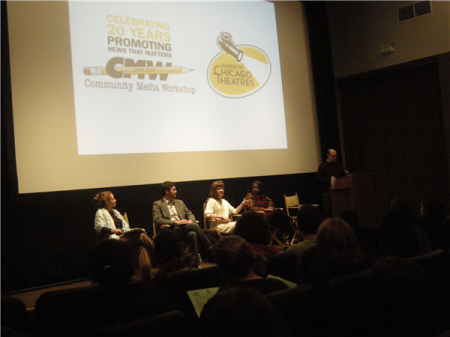In this moment of substantial change, most companies are looking inward to determine what adjustments need to be made to their business models to flourish in today's new economic climate. Significant shifts need to be made to address the new reality, and that new reality includes taking a hard look at how consumers get information about the arts.
Since the mid-1980s, newspaper circulation has been declining in the United States, but the current economic crisis has thrown gasoline on the fire, causing huge losses for newspapers nationally. Just recently we have seen four major newspapers cease print publication: the Seattle Post-Intelligencer, the Rocky Mountain News, the Tucson Citizen and the Christian Science Monitor. Additionally, four newspaper companies including the owners of the LA Times, the Chicago Tribune and the Philadelphia Inquirer, have sought Chapter 11 bankruptcy protection. Even before the rapid failure of many printed newspapers, arts coverage in many daily newspapers was shrinking, going from 912 column inches on average in 1998 to 702 column inches in 2003 according to Reporting the Arts II, a study conducted by the National Arts Journalism Program at Columbia University.
A huge shift in communications is about to occur away from organizations pitching stories to mainstream media for coverage and toward setting up institutional distribution channels to cover stories themselves. We have seen this in the past decade as the ways we communicate with our customers have become cheaper, quicker and more segmented. We now have e-mail lists, websites, direct mail, telemarketing, social networking, online video distribution, podcasts, photo streams, and blogs. Some large organizations can currently reach more than one million people using these distribution channels. Considering the New York Times has a circulation of 1.6 million, these distribution channels which used to be considered on the fringes of communications have become almost as powerful for some companies as their local newspaper.
Read More














